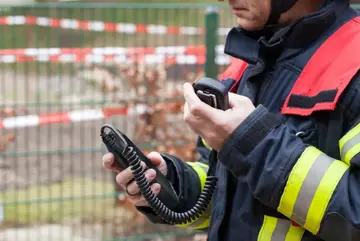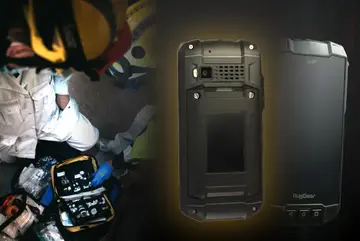Requirements to deploy a new Technology in a MC Network
What are the requirements to deploy a new Technology in a Mission Critical Network?
Before making any change or releasing any technology in a mission critical network, there are specific steps that need to be taken, so that the network can function smoothly even during implementation.
These steps are related to:
- Why a new Technology is going to be released?
- What Product is going to be deployed?
- What Frequency spectrum is going to be used?
- Which deployment model will be chosen?
Beforehand, everything needs to go under a detailed analysis.
Why a new Technology is going to be released?
The first question would be: what need to be improved/achieved? The operational requirements/needs for releasing a new technology on a mission critical network need to be clearly identified.
For instance: a more efficient communication needs to be achieved among first responders, therefore, right now there is a new technical requirement to select a replacement for Tetra devices.
These new devices need to have certain specific like IP and Mil-Std ratings, specific buttons for SOS and PTT, to make sure that the communication flows smoothly, but also the ability to connect to an LTE network, enable PTT communication among users and group communication among others.
What network are these new devices going to use? This is one of the questions that requires an answer before progressing with the project.
Furthermore, all required functionalities need also to be organised and standardised to accommodate the needs variations and satisfy a broader range.
For instance, each requirement of police forces and rescue services need to be listed, analysed, aligned and some of the less relevant points abandoned, to make sure that the projects will succeed.
Once everything has been identified, the new device/technology gets tested in the MC network.
What Product is going to be deployed?
For the release of a new product there are vital elements that are needed for the setup. These elements are:
- The availability of a network for connecting and running operations;
- Make sure that the new devices are suitable and compatible with the harsh condition of mission critical operations.
- The third and final element is the availability of a MC application that enables the mission critical communication.
All these elements need to be tested to guarantee they all work together and they are suitable and offer a consistent performance.
To offer a more streamlined process, and facilitate implementation, the 3GPP consortium is working on setting official certifications that will be conducted under GCF rules. Once the technology (that could be an hand held device or a Server, depending on the project) is certified, it is certain that the device will work smoothly in the MC network.
Currently, these works have been phased in two.
The scope of phase 1 has been to confirm compliance of Mission Critical Push to Talk (MCPTT) features and interoperability, and confirm that new apps and hand held devices can be used with existing or near-term deployments.
Phase 2 has now been set up by GCF in strict cooperation with TCCA and may cover certification of Mission Critical servers, standalone client certification and the integration of conformance testing once suitable commercial test equipment becomes available.
The program planning is on track and it’s expected to be launched by the end of 2022.
What Frequency spectrum is going to be used?
An analysis of what frequency band and bandwidth available is also required to guarantee the service, and assure that a Mission critical network is available to use.
Once that has been identified, some decisions need to be taken about whether to use
- a spectrum shared with commercial networks or
- having a dedicated MC spectrum.
This choice links directly to next element, the deployment model.
Which deployment model will be chosen?
Another element that requires assessment is the deployment model.
As previously explained in our Mission Critical Communication article, the options to deploy a mission critical network are
- Building your own dedicated network
- Use commercial networks and buy a service from a network operator
- Hybrid network – a mix of the previous two options.
As a result, a decision needs to be taken also on which model need to be pursued.
RugGear and MC New technology
For several years, the focus of RugGear has been on Mission critical devices. We have been working closely with GCF and TCCA, taking part in all workshops to guarantee compliance and interoperability of our devices with past, existing and future technology.
To guarantee the best communication experience for critical communication, all our devices have been equipped with the highest-quality loudspeakers, for loud and clear delivery of messages.
Furthermore, we have been paying a special attention to accessory requirements, and included in our range accessory such as our 13 pin RSM that can be secured to the phone to guarantee an uninterrupted communication.
If you want to find out more about us and how RugGear can help improve your communication, feel free to get in touch.


